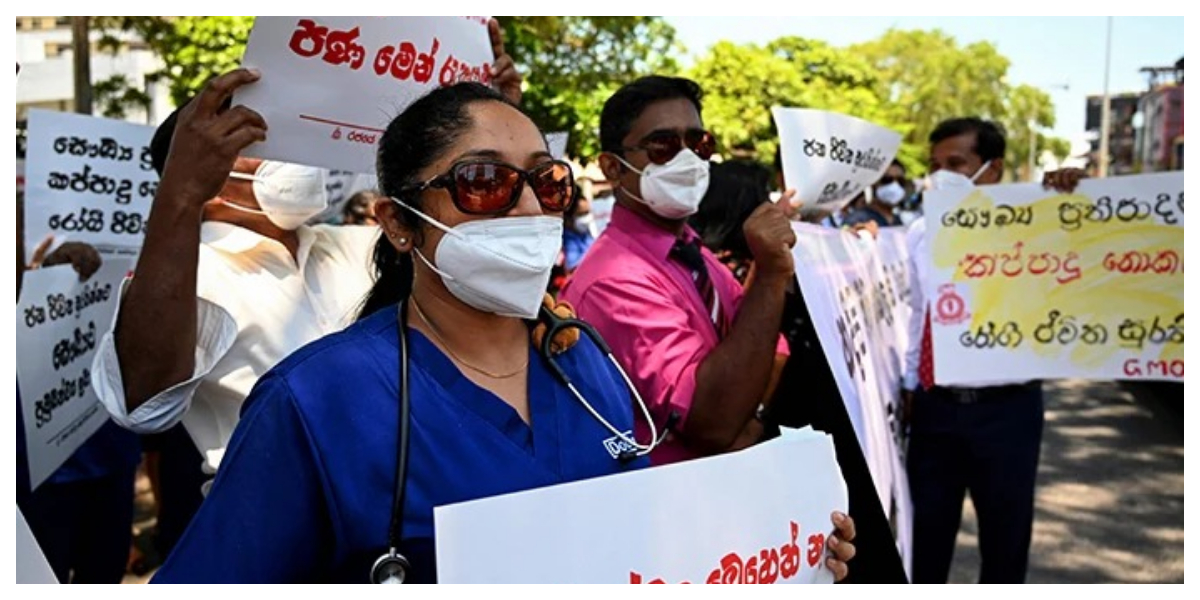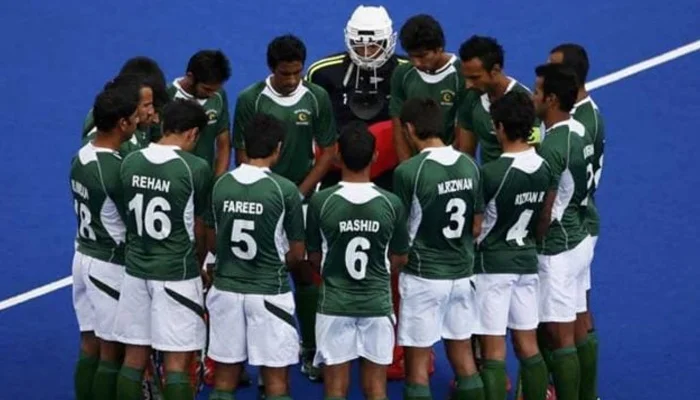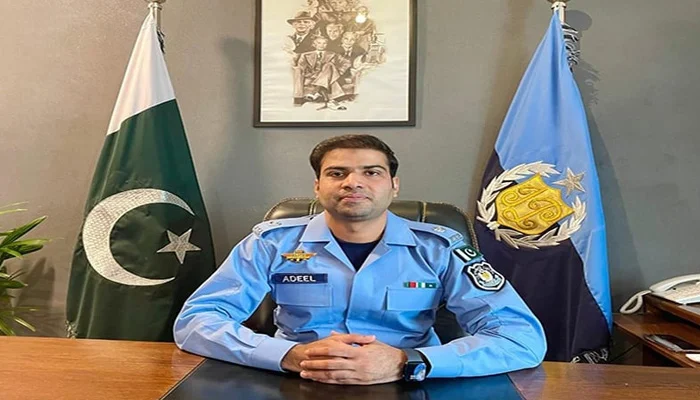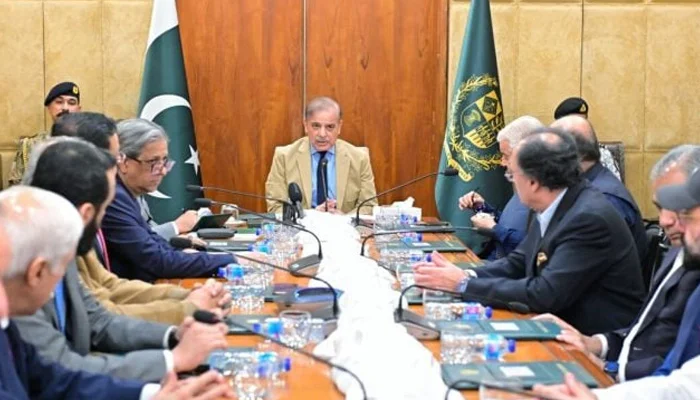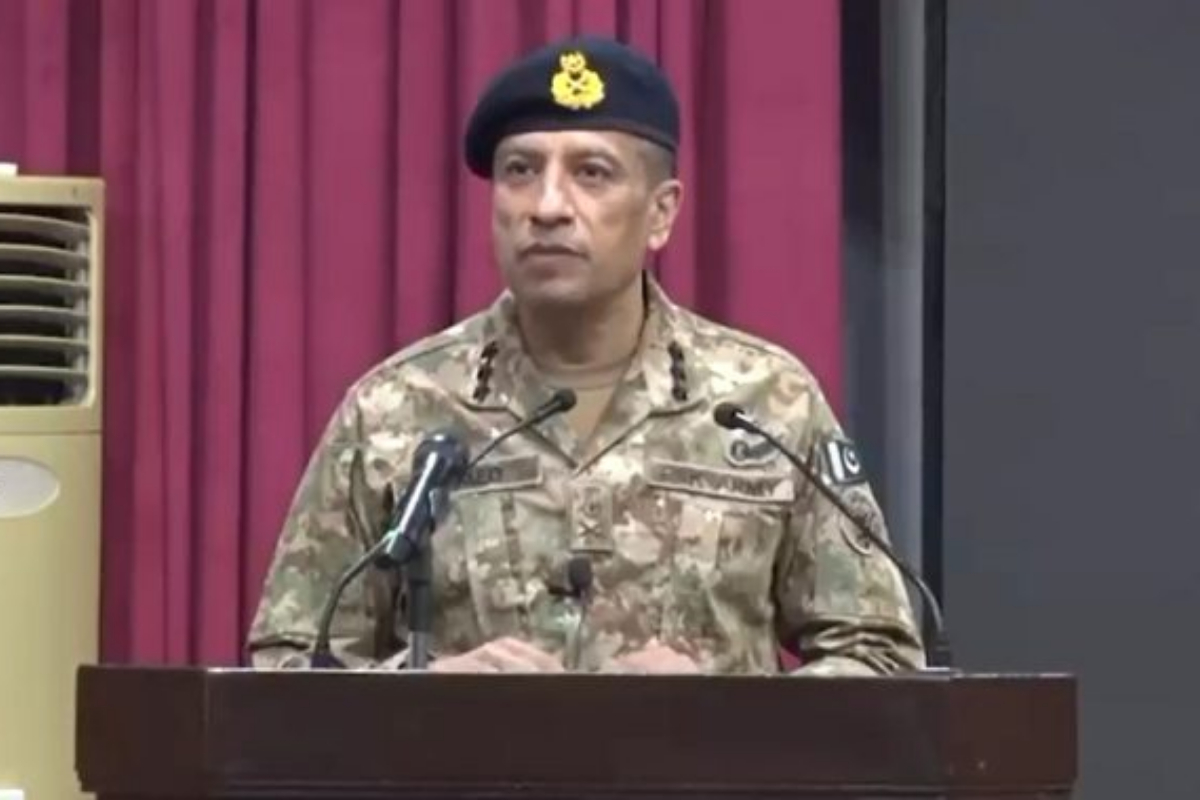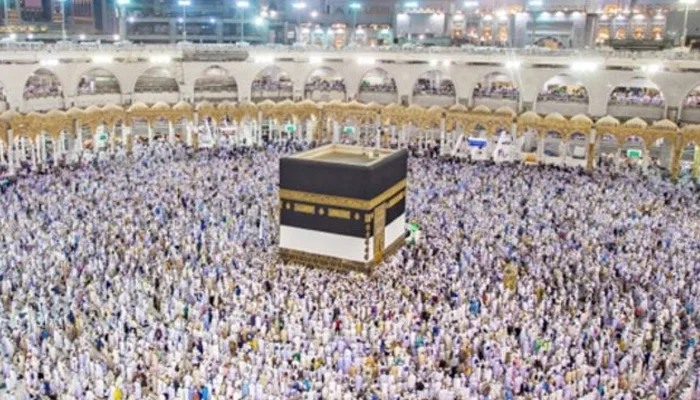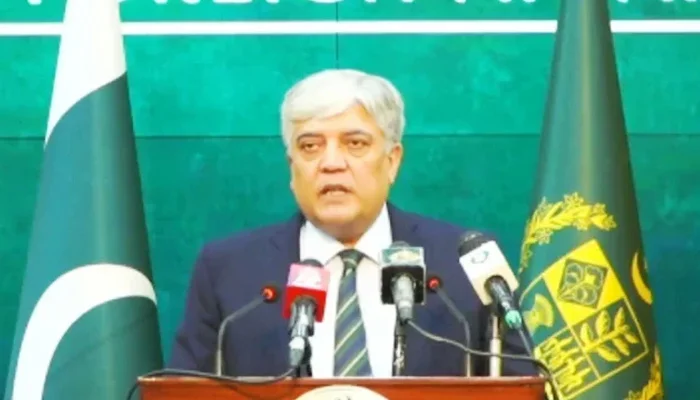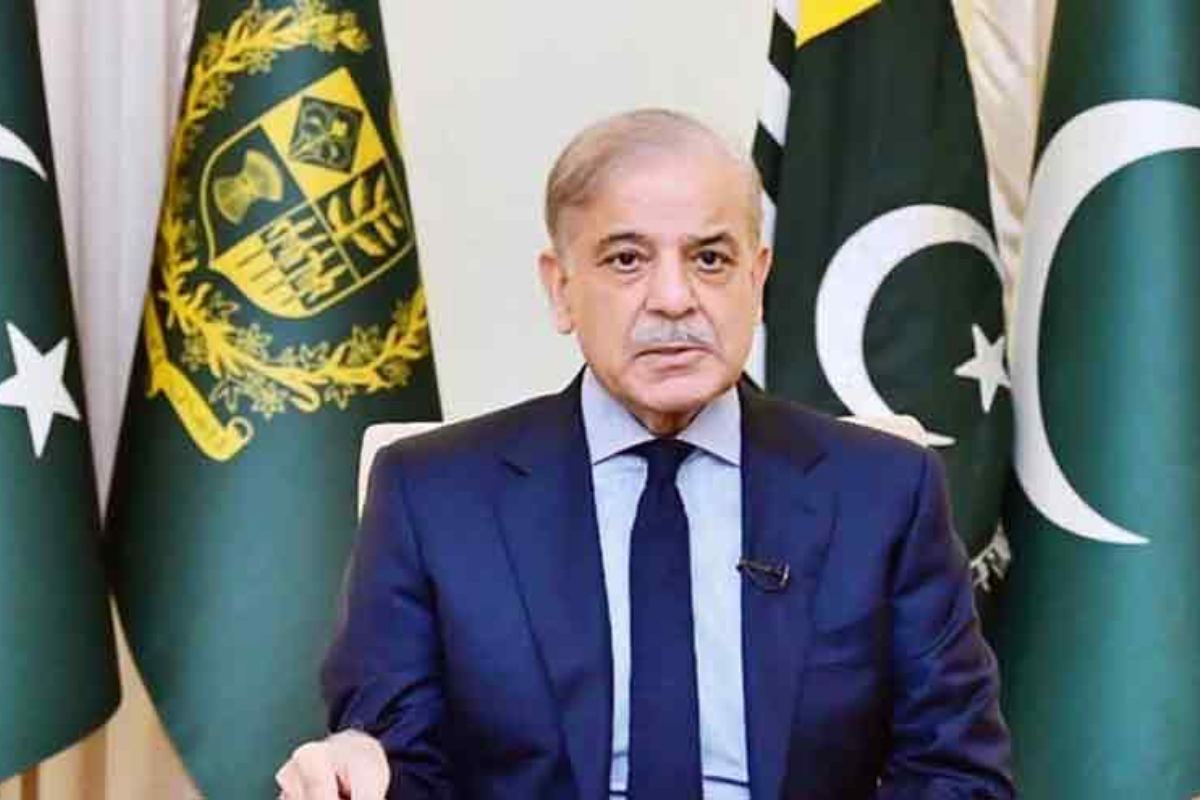Sri Lanka has been involved in a profound political and economic crisis for the past two months, with Prime Minister Mahinda Rajapaksa, resigned on Monday.
Food, fuel, and other basic necessities are in short supply in the island nation of 22 million people, causing widespread hardship and triggering weeks of major protests.
After emerging from a horrific civil war in 2009, the South Asian country was rocked by Islamist attacks in 2019, before being slammed severely the following year by the Covid-19 pandemic, which crippled the country’s crucial tourism industry.
Here is how the crisis has unfolded:
Hundreds of protesters, rallied by unidentified social media activists, try to storm the home of President Gotabaya Rajapaksa, demanding his resignation.
As protests spread, Rajapaksa declares a state of emergency, giving security forces sweeping powers to arrest and detain suspects.
Sri Lanka declares a 36-hour nationwide curfew and deploys troops.
Almost all of Sri Lanka’s cabinet resigns at a late-night meeting, leaving Rajapaksa and his brother Mahinda — the prime minister — isolated.
Gotabaya Rajapaksa offers to share power with the opposition under a unity administration led by him and Mahinda, but is rebuffed.
The governor of the central bank, having resisted calls to seek a bailout from the International Monetary Fund, announces his resignation.
President Rajapaksa’s problems deepen as finance minister Ali Sabry resigns just a day after he was appointed.
The embattled leader loses his parliamentary majority as former allies urge him to quit. He lifts the state of emergency.
Tens of thousands march on the president’s office in the biggest protest to date, demanding that Rajapaksa resign.
Sri Lanka’s doctors say they are nearly out of life-saving medicines, warning that the crisis could end up killing more than the coronavirus pandemic.
The country announces it is defaulting on its external debt of $51 billion as a “last resort” after running out of foreign exchange to import desperately needed goods.
On April 18, the president unveils a new government, ousting two of his brothers and a nephew but keeping on his eldest brother Mahinda as prime minister.
On April 19, the police kill a protester, the first casualty of several weeks of anti-government protests.
The next day the International Monetary Fund (IMF) says it has asked Sri Lanka to restructure its colossal external debt before a rescue package can be agreed.
On April 28, a general strike brings the country to a standstill.
After a second such strike on May 6, Rajapaksa declares another state of emergency. The police step up security around lawmakers from the ruling party.
On May 9, Mahinda Rajapaksa resigns as Prime Minister following violent clashes between his supporters and anti-government protestors in which three people were killed and more than 150 were injured.
During a skirmish outside the capital, a congressman from the ruling party shoots two anti-government demonstrators, killing one, before shooting himself.
The authorities announce a nationwide curfew.

